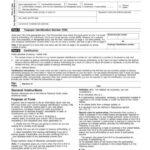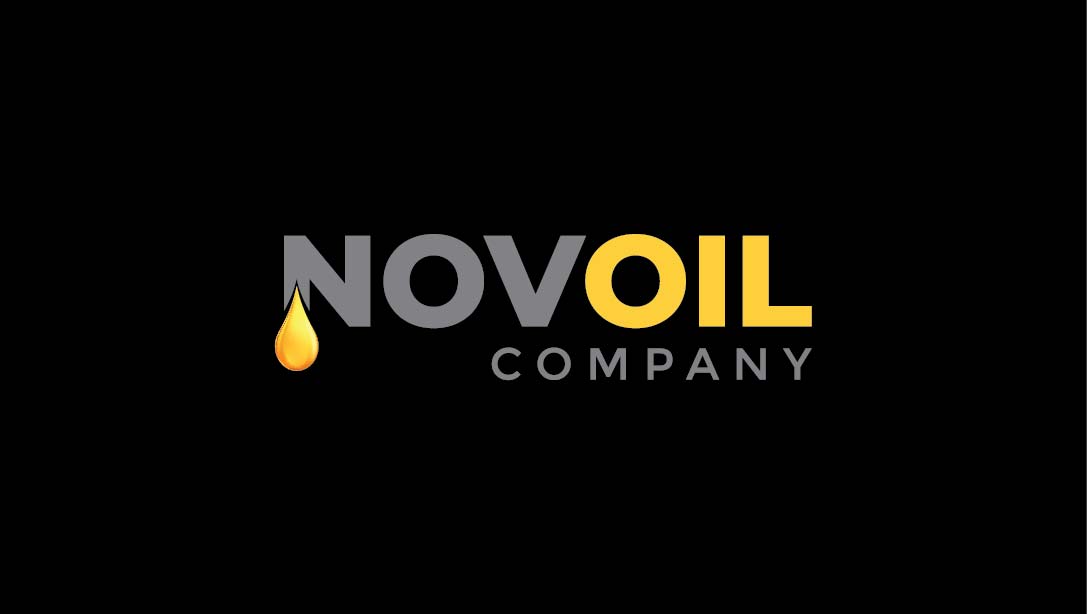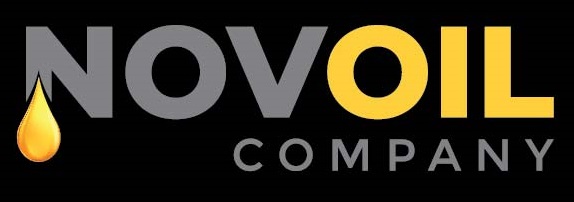What Is Selling, General & Administrative Expense SG&A? How to Calculate & Examples
Content
- Excessive SG&A Spending
- Owl Bookkeeping & CFO Services
- What is Selling, General and Administrative Expense?
- What’s the difference between SG&A vs. operating expenses?
- Understanding SG&A: Selling, General, Administrative Expenses – Definition and Explanation- FAQs
- All about expenses: Selling, General & Administrative (SG&A)
- Strategies for Improving Efficiency and Effectiveness in SG&A Spending
If a business owner fails to grasp that, a company may be stuck with its financial problems for quite some time. On the contrary, tracking the right combination of financial KPIs may prove effective for making data-driven decisions and as a result building a successful and modern business. For example, when a unit is sold, there may be packaging and shipping costs and sales commission payable to the salesperson. The most common examples are rent, insurance, utilities, supplies, and expenses related to company management, such as salaries of executives, admin staff, and non-salespeople. Certain companies will file their financial statements with one line for SG&A, while others – for example, software companies – will separately break out G&A and sales & marketing. Once SG&A is deducted from gross profit – assuming there are no other operating expenses – operating income (EBIT) remains.
The more detail the figures you have at your fingertips and the more insight you gain into them, the better you can manage your company’s finances. From this you subtract the cost of goods sold (CGS) which might be, say $30,000. It’s useful to know which categories within this broad heading of business expenses your various outgoings fall. You’ll want to be clear on the costs of salaries and commissions as these might well be your largest expenses here. In this sample income statement, you can see how SG&A expenses are deducted from revenues along with other expenses to yield profit.
Excessive SG&A Spending
Calculate the Selling, General, and Administrative expenses (SG&A) by adding all the expenses incurred by a company in its daily operations, excluding the costs of producing goods or services. You do this by adding the costs of selling, general, and administrative expenses. General expenses, or overhead Sg&a Expense Selling expenses, are a subset of Selling, General, and Administrative (SG&A) expenses. They refer to the costs incurred by a company in its daily operations, not directly tied to producing goods or services. A company incurs these expenses to support its operations, regardless of whether it generates sales.
- However, it is important to establish clear guidelines and communication channels to ensure that remote workers remain connected and engaged with the rest of the team.
- Accurate, bank-ready financials allow you to make better decisions for your company.
- However, it is important to note that the classification of certain costs might depend on the specific context and industry.
- On occasion, it may also include depreciation expense, depending on what it’s related to.
- Aside from monkeying with the books, there are only three possible fixes for low profitability.
- Interest expense and research and development costs are calculated separately from SG&A.
With Profit Frog, business owners don’t need to stress about calculating costs. We give you a clear view of what’s going on in your business and where you can increase profitability. The items that didn’t get sold in the previous year become part of the beginning inventory for the upcoming year. If the business makes or purchases additional products, they will be added to the inventory. Generally accepted accounting principles (GAAP) defines COGS as the general cost of producing items sold during a selected period. When you leave a comment on this article, please note that if approved, it will be publicly available and visible at the bottom of the article on this blog.
Owl Bookkeeping & CFO Services
Cutting operating expenses can be less damaging to the core business. SG&A costs are typically reduced after a company merger or acquisition makes it possible to reduce redundancies. Communication breakdowns can also lead to duplication of work and unnecessary expenses. By avoiding these mistakes, businesses can better manage their https://kelleysbookkeeping.com/ SG&A expenses and improve their financial performance. It is important to note that while SG&A expenses are necessary for the day-to-day operations of a business, they can also be a significant burden on profitability. To calculate the SG&A expense ratio, businesses must first determine which expenses fall under the SG&A category.
- Indirect selling expenses are incurred either before or after the sale is made, and examples include salaries, benefits, and wages for salespeople, travel, and accommodation expenses.
- SG&A expenses are simple to calculate once you’ve classified them into the correct categories.
- Please do not copy, reproduce, modify, distribute or disburse without express consent from Sage.
- Even though Excel is more familiar for most people, this procedure is way simpler when using accounting software which automatically categorizes expenses based on the initial setup.
There are also a few specific accounts that may warrant specific accounting treatment that exclude them from SG&A. For example, research and development costs are often not to be included in SG&A. In addition, depreciation costs are often reported in this section of the income statement but excluded from SG&A as well. Finally, businesses may overlook the importance of employee training and education when it comes to managing SG&A expenses. Employees who are not properly trained on expense tracking and management may make mistakes or miss opportunities to save money. By investing in employee education and training, businesses can ensure that everyone is on the same page and working towards the same goals.
What is Selling, General and Administrative Expense?
Tracking SaaS COGS accurately is important for accounting and modeling. Our SaaS business forecasting software includes a handy cost of goods sold calculator to make COGS—and all other aspects of budgeting and forecasting—much easier. Profit Frog is the leading financial planning and analysis (FP&A) software specifically designed to aid small businesses. We simplify COGS calculations and make them actionable so you can improve profitability. GEP SMART is an AI-powered, cloud-native source-to-pay platform for direct and indirect procurement. Having timely, accurate information about your income and costs is essential.

One of the first things that a company does to increase profitability is cut operating expenses. Cutting the base salary of non-sales personnel is a quick way to reduce costs without interrupting manufacturing or sales. Indirect selling expenses are incurred during the manufacturing process and after the product is finished. Marketing, advertising and promotion expenses, including social media costs are a good example of indirect selling expenses.
What’s the difference between SG&A vs. operating expenses?
Base salaries of salespeople and travel expenses refer to this category as well, even if they don’t generate income. SG&A includes most other costs related to running a business aside from COGS. These costs are not related to specific products, so they are categorized separately from the cost of goods sold (COGS) on the income statement. SG&A expenses are sometimes referred to as period costs since they relate to the time period in which they are incurred, and they do not relate directly to production.

